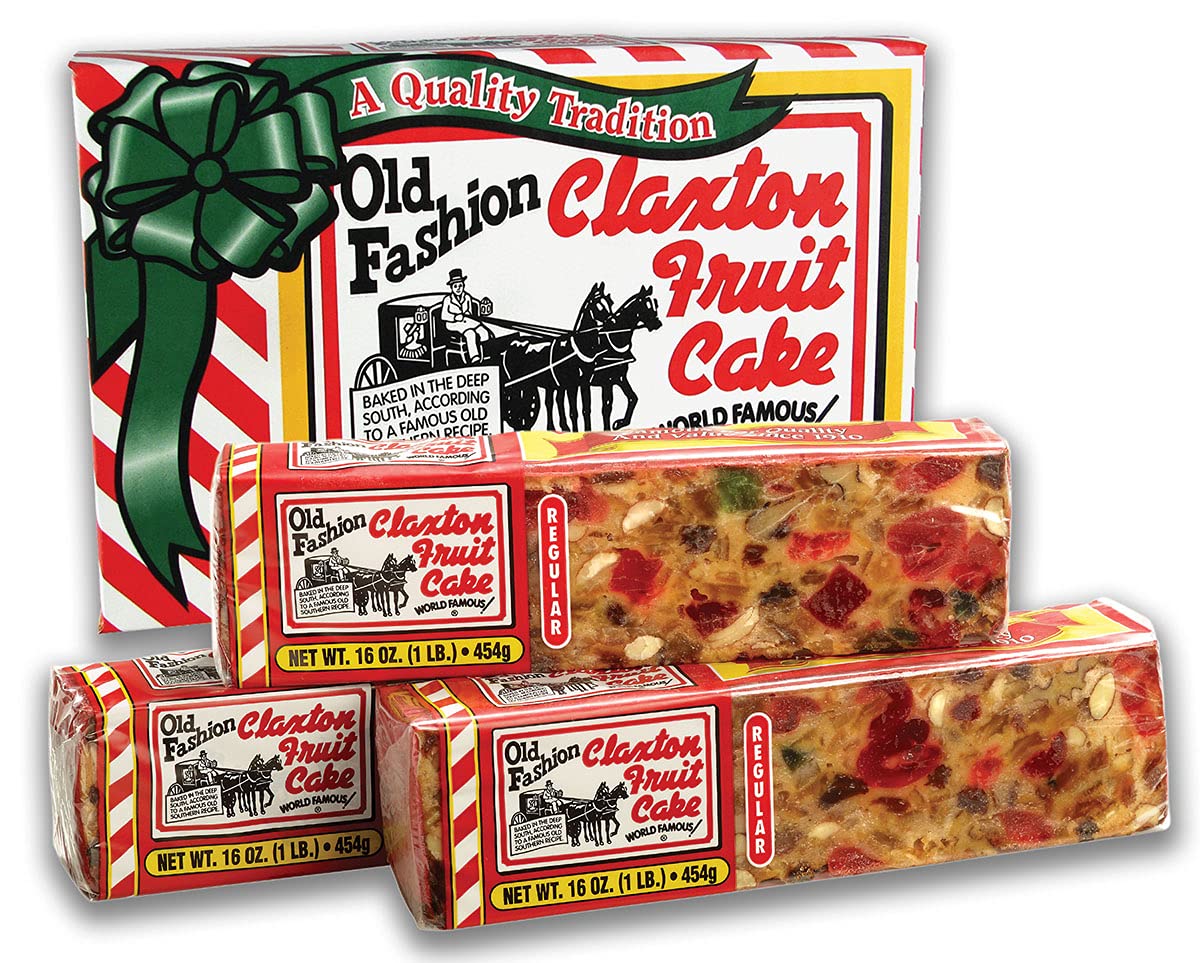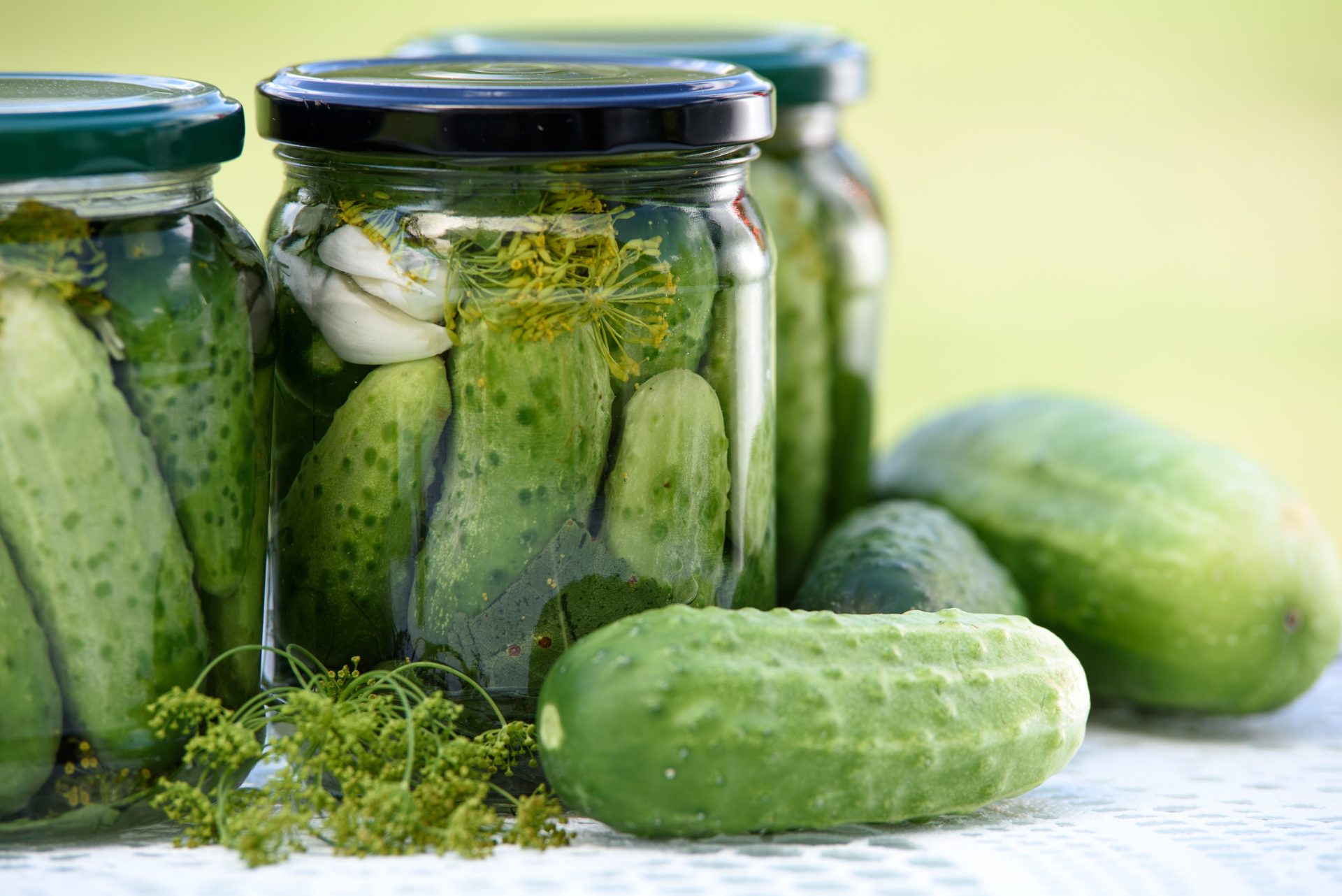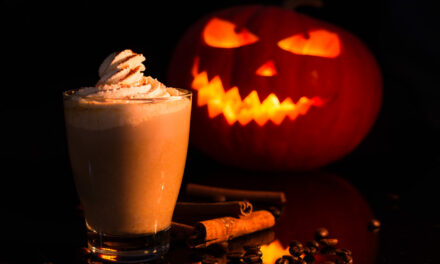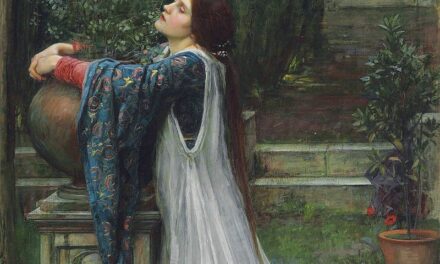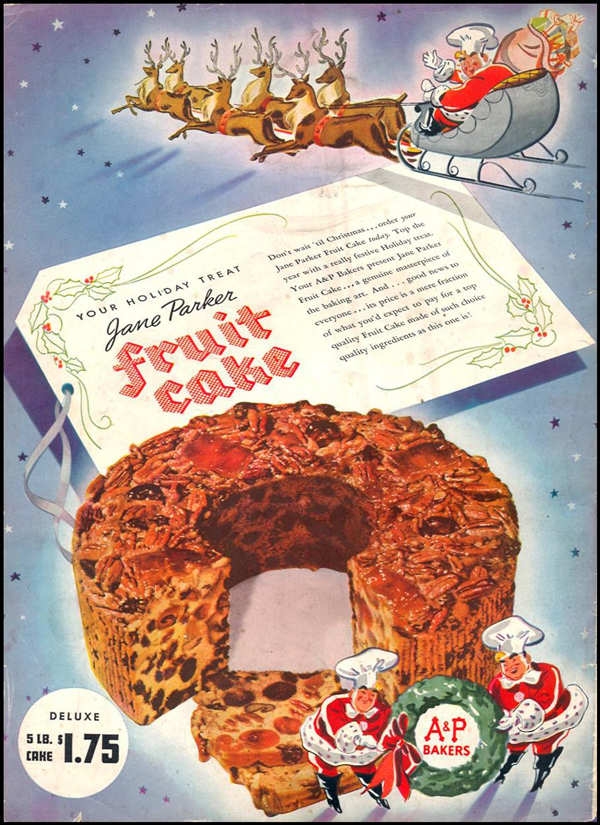
I was sorting through some dusty old magazines recently and was amused by the holiday illustrations for fruitcakes. It was hard to imagine any cake company summoning that much enthusiasm for this particular ware. As legend has it, even Santa prefers cookies and milk.
The magazine ads had a breathless exuberance that held little in common with Raphaelle Peale’s spare, Christmas still life, Cakes and Wine, from 1813, but that’s the painting they brought to mind. Peale’s version was just raisins, and drier and more restrained. Still, there were raisins in it. He was the first still life artist in America, specializing in technically immaculate renderings of foodstuffs. And he was a little delirious from the arsenic and mercury in his day job as a taxidermist. Even so, he could not make the Christmas cake look appetizing to me.
Full disclosure: despite my famed passion for the liquid of the same vine, I detest raisins. I hate them with an unparalleled disgust. It’s not just a matter of taste- I do not pick raisins out of butter tarts or carrot cakes. Those desserts cannot be salvaged. Yes, I’m one of those people. Raisins are vile, and not even liver is as gross. There are almost no foods I dislike. When a host politely asks for a list of my no-go zones, I say, I love everything except raisins.
So by proxy, I am naturally team toss when it comes to the great divide: fruitcakes, love them or loathe them? I’m not alone, of course: fruitcakes are a punchline. They are the butt of holiday jokes and a politically incorrect euphemism for folks with a few screws loose. This vile marvel of Yule tradition, this ghost of Christmases past, is filled with raisins and their cousins, all manner of dried and gummy atrocities.
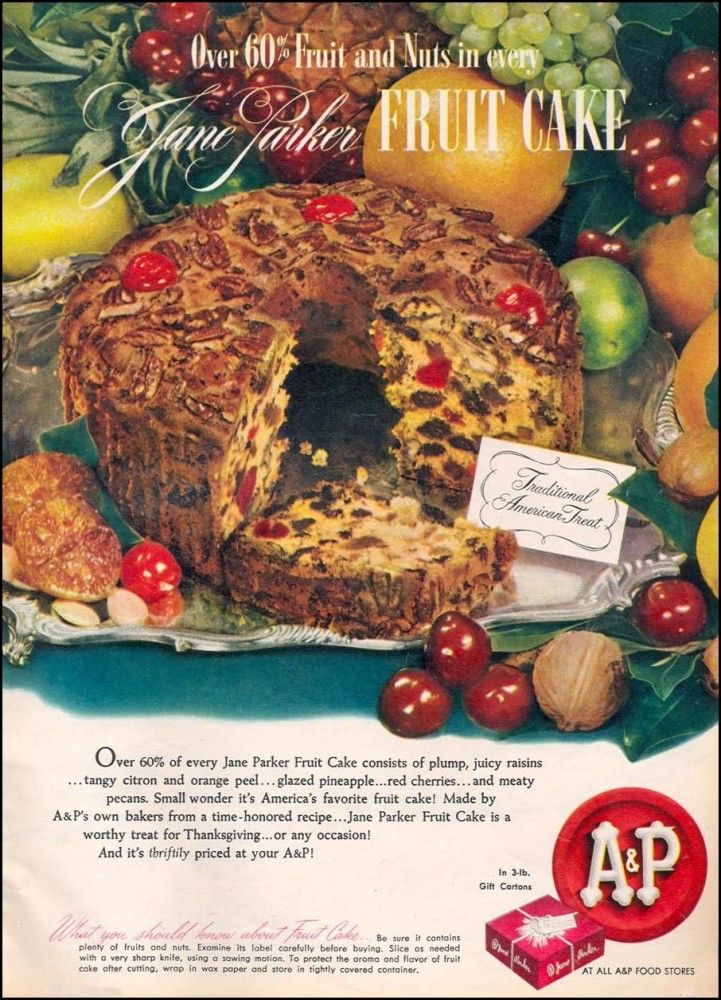
Indeed, only a fraction of the population likes fruitcake. Most surveys show around ten percent of folks on team love. The rest of us hate the stuff. Even people who adore raisins can’t stomach the sickly sticky leaden loaves, festering with gooey lumps of hot pink and neon green maraschino cherries that glow in the dark.
I’ve only attended the Manitou Springs annual fruit cake toss, in my mind, but many disgruntled with their regifts gather in person on the third of January for a food fight, complete with catapults, air cannons, trebuchets, and giant sling shots. It seems like the most fitting destiny for these gruesome concoctions.
You know what I’m talking about- those heavy rectangles of gelatinous, candied cherry, glacee pineapple, citron, nuts and spices. Claxton has been making them for 100 years, and millions have ended up in landfills the world over. People more sensitive to world hunger donate theirs to food banks, and they still somehow end up at the catapult toss in Colorado.
In 1985, comic talk show host Johnny Carson immortalized popular disgust by quipping, “The worst Christmas gift is fruitcake. There is only one fruitcake in the entire world, and people keep sending it to each other.”
Thing is, however, our modern distaste for this Christmas classic is born of privilege, refrigeration, and world transportation. Fruitcake itself was born out of necessity and the rare luxury of fruit. Today I toss any apple that isn’t sufficiently crispy, and any orange too pithy. But once upon a time, the world of fruits was locally limited, and had to be dried, made into preserves, or candied in order to keep. The long-lasting loaf that we laugh about was one way to keep food on the table in leaner times.
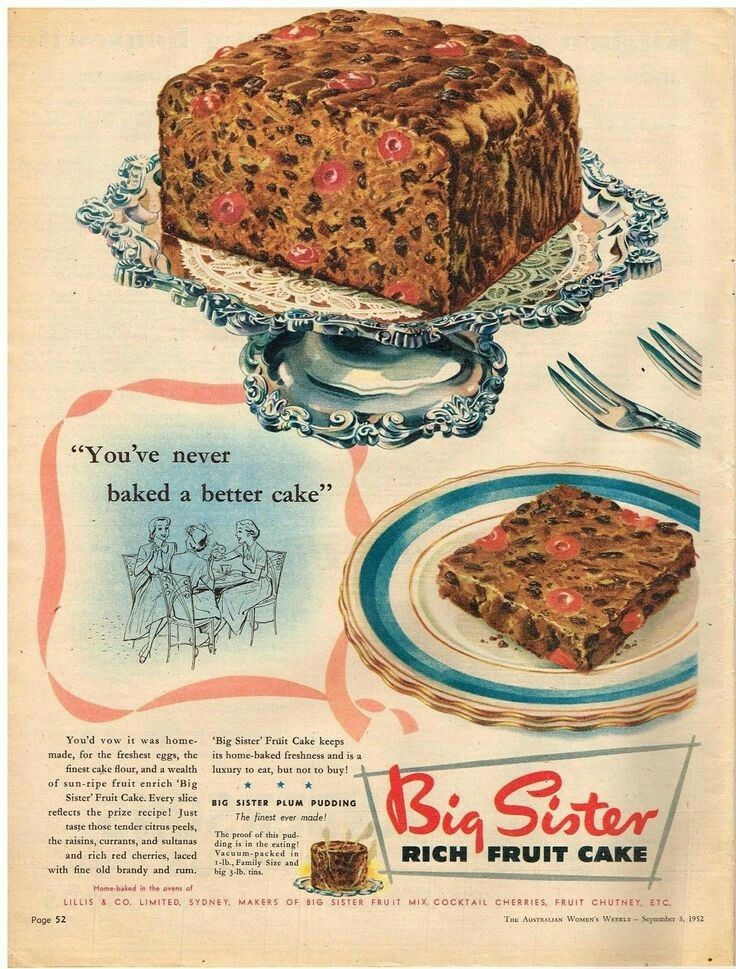
Fruitcake was the original brown bag lunch, packed for the long journey into the afterlife by the ancient Egyptians. These cakes were barley paste, raisins, pomegranates, and pine nuts.
The Romans appropriated their version, featuring the same ingredients, which appeared in the world’s oldest surviving cookbook from the first century AD, De Re Coquinaria, or The Art of Cooking.
The Crusaders used similar recipes. Marching from Europe to the Holy Land took six months or more, so they needed a sandwich built to last! Panforte, an Italian fruitcake, literally means “strong bread.” It dates to the 1200s and sustained with a medley of figs, flour, honey, marmalade, fat, pine nuts and pepper.
(A similar idea fuelled the indigenous trekkers on long snowy hunts through land we would later call Canada. Pemmican, a Cree word, pimîhkân, was not cake but more of a fruit jerky, with strips of moose or elk, dried berries, and animal fat. It was nutrient rich and portable, giving them access to fruit throughout the long winters.)
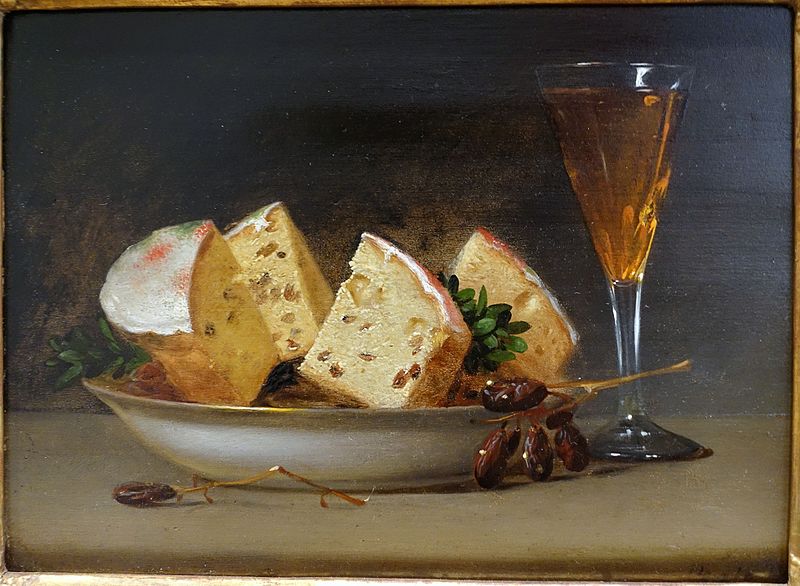
By the middle ages in Europe, resourceful housewives sought to make use of the exotic fruits that began to find their way from one place to another on trade routes. Citrus fruits, cherries, dates, and rare assortments of other fruits could be preserved or dried to keep for later, and combined with local options (like those ubiquitous raisins) in cakes. Thrifty cooks from poorer classes had to be content with a more limited selection- raisins again- and made the ghastly gastronomy more tolerable with a bit of cake around it.
Booze, a common contemporary and tradition ingredient, was part of the original plot towards preservation. Spices and nuts were also a rarity, usually limited to those that grew in your ‘hood. The rich or the blessed would still marvel when almonds or pistachios or cloves came their way.
Even the Scottish black bun, essentially a mound of raisin mush with a few spices, surrounded by pastry- was a luxury item for most classes.
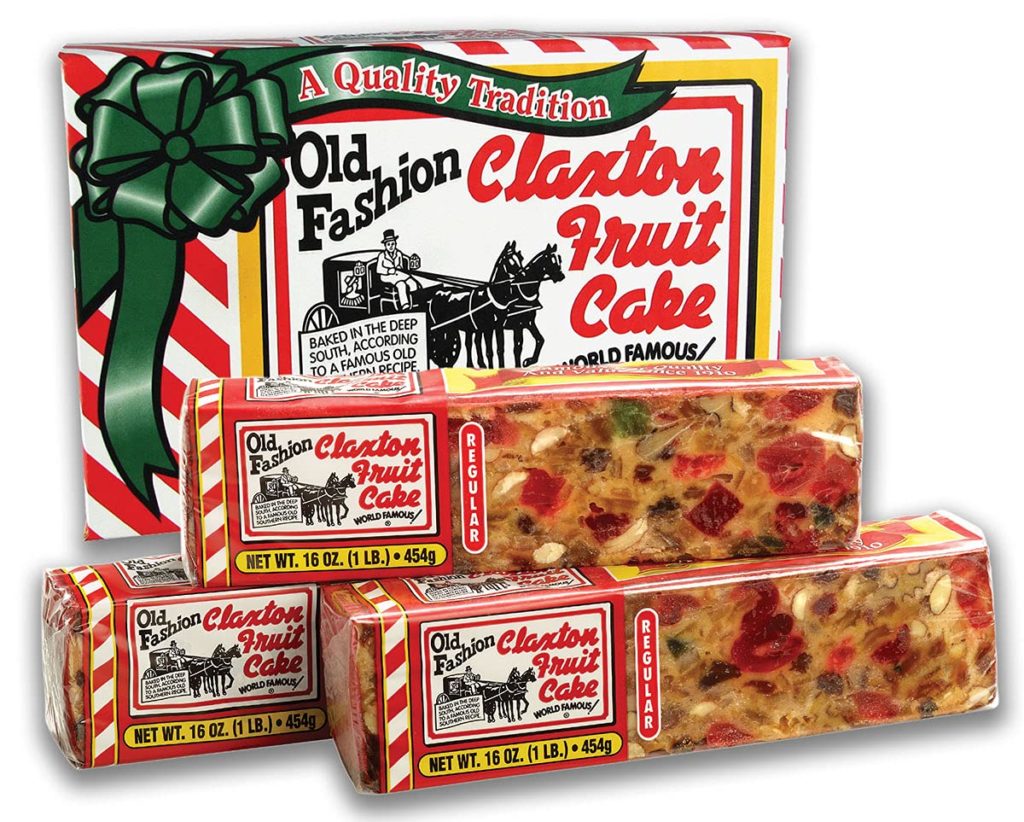
The fruitcake evolved a few centuries ago to dense, boozy dough stuffed with nuts, berries, molasses, and spices galore, and the cost and rarity of the ingredients made it a true indulgence. Fruitcakes were thus an ostentatious display of abundance, an embarrassment of riches, intended for special occasions like weddings and for gifting to the underprivileged.
Around the 50s, with the widespread commercialization, processing and industrialization of foods, it devolved into the widely detested atrocity in cellophane that we are familiar with today.
We aren’t sure when fruitcake became associated with the holidays, but it was possibly in the 1700s, when English of good will would give foodstuffs to poor carollers who sang Christmas songs in exchange for food.
In 1956, the garish jewelled loaf officially became “A Christmas Memory” with American writer Truman Capote’s short story in Mademoiselle. The loveable eccentric in the story looks out the window and sees winter coming, and her exclamation went down in history: “Oh, my, it’s fruitcake weather.”
Almost half a century later, Marie Rudisill, a nonagenarian and author of the book, Fruitcake, appeared on The Tonight Show. She became known as The Fruitcake Lady after showing Jay Leno how to bake one on national television. The appearance was a nod to the fruitcake slur from Carson some years earlier. Marie was also the aunt of writer, Truman Capote. Her cookbook is part memoir, part Southern and culinary lore, and part recipes. I daresay, the book is quite special and would make a unique gift in place of fruitcakes for those like myself who are raisin adverse but love kitchen history and feisty aunts!
Just as colourful, if not quite as fruity as the famed Capotes, are Kentucky’s Trappist monks who now produce some of the world’s finest fruitcakes. They took up the torch in the 50s, ostensibly dedicated to tradition. (As an aside, I would contest that “oleomargarine” is not “traditional.” I would also consider a trigger warning label that raisins are the first ingredient. However, these cakes are drenched in Kentucky Bourbon and brimming with pecans, walnuts, citrus peel, pineapple, cherries, butter, and wine.) The monastery relies on the income from Christmas cake production and they bake in total silence. They do ship to Canada!
The monks have to compete with Texas, however. Eilenberger’s is the state’s oldest bakery. The ancient German secret is consistently voted “best in the world.”
While they no longer deliver by horse and carriage, they don’t ship internationally either. If you have a friend in the States who is coming to visit, get one shipped there.
For a more local German option, Weihnachtsstollen abounds in Ontario with so many German immigrants like my family. t I never partook of the stuff myself- too many raisins!- but no Christmas could be complete without these loaves. It was a part of our German heritage that Oma and mother brought with them. Stollen should be dry enough to dunk in coffee or tea, with a smattering of dried fruits and marzipan, and covered in powdered sugar. This is breakfast on Christmas morning, and everybody loves it but me! You can get a classic marvel at Stubbes, and order one online if you live outside Toronto.
Perhaps this year, instead of celebrating the fruitcake toss, I will celebrate fruitcake instead. Who knew? December 27 is not actually Boxing Day’s boxing day, but National Fruitcake Day! I might add Jason Schreiber’s Fruit Cake cookbook to my collection. His wonderful book updates the story with delicious desserts that use fresh fruits, jams, and more, like Banana Tiramisu and Peach Bostock. Those of us who can’t take the dried fruit and raisin texture need not be left out in the cold!
Even better, no catapult needed, this free Youtube link is the best holiday gift ever for every anti-raisin, vegan, booze-free or gluten-free surrealist on your Santa Claus list. It’s Fred Schneider and the Superions (Fred of the B52s) with the official video for “Fruitcake.” It is absolutely absurd and delicious.
Whether you are team love or team lump, we can celebrate culture, heritage, tradition, and simple abundance. Panforte? Stollen? Claxton’s? Raisin-free options? You got this. Piece of cake.

